Challenges the Early Church Faced:
Cultural and Religious Clash:
While we think of Judaism and Christianity as inherently distinct today, this was not the case in the decades following Jesus’ death and resurrection. What we today call “Christianity” was, in its earliest beginnings, a part of 1st c. Judaism, one of a number of varieties of Judaism(s) during that time––e.g., Pharisees, Essenes, Sadducees, and Christians. The distinction between Christianity and Judaism didn’t develop all at once. Internally, important differences were easier to spot, as can be seen at the Jerusalem Council in Acts 15; but externally, it took nearly three decades for non-Christians to differentiate between the two in any significant way. Emperor Nero, for example, when looking for scapegoats to blame for the fire in Rome in 64 A.D., can single-out Christians from Jews, but this distinction did not appear prior. In fact, the first time a Roman governor distinguished Christianity as a separate religion from Judaism was almost eighty years after Jesus’ resurrection in 111 A.D. (See Pliny the Younger’s Letter to Trajan). The initial brotherhood between Judaism and the newly emerging Christianity is why Paul frequently preached in synagogues first (13:42; 14:1; 17:1 18:1; 19:8) and why Gallio, the Roman proconsul of Achaia, decrees that the charges brought before him against Paul by the local Jewish leaders relate to internal disputes of the Jewish religion (18:15–6). The relationship between Jew and Gentile within the family of God is not a pressing issue for us today, but it is one of the most pressing concerns for NT writers, certainly for two of the central figures in Acts, Peter and Paul. We do not often read our Bible with that question in mind, but awareness of this cultural and religious background is relevant throughout the majority of Acts. What eventually drove Christianity and Judaism to separate within the following centuries was principally two issues: (1) The messianic role of Jesus of Nazareth, and (2) the permanent validity of the Mosaic Law for all followers of God.
Socio-Cultural and Legal Persecution:
Any religious community under Imperial Roman rule required a license or permit, Lat., religio licita, literally “approved/permitted religion.” At the time Luke wrote Acts, Christianity was, to use one of his own phrases, “everywhere spoken against” (28:22). This is because there was widespread suspicion that “the Way” was a subversive movement, a menace to imperial law and order. This will be understandable if we recall that its Founder had been condemned to death by a Roman governor on the charge of sedition. In his accounts of the verdicts of Roman administrators, therefore, Luke was concerned to defend the legal status of Christianity. Because “the Way” was initially considered a branch of Judaism its legal status was protected in the Roman Empire. However, as the Church grew in size and influence it became increasingly obvious that “the Way” was something entirely new. Luke wanted to inform his Greco-Roman audience that, although Christians held revolutionary views with respect to slave and free, men and women, Jew and Gentile, the followers of Jesus were not a band of rebellious anarchists seeking to stir up anti-Roman sentiment. When charged with violating Roman law Luke emphasizes that Roman authorities concluded Christians were not guilty of civil disobedience––as judged by Gallio, the proconsul of Achaia (18:12–7), Tertullus, an attorney hired to prosecute Paul (24:1–27), or before king Agrippa (26:1–32). For Luke to provide such detailed accounts of these events requires that the early Christian community was seen (and treated) by many in the wider Greco-Roman world as a subversive movement. The earliest Christians knew that Christ’s crucifixion was a severe miscarriage of justice, but that is not how an ancient Greco-Roman would initially see Jesus or His followers. It was Christian Acts––action and service––that made others take a second look.
